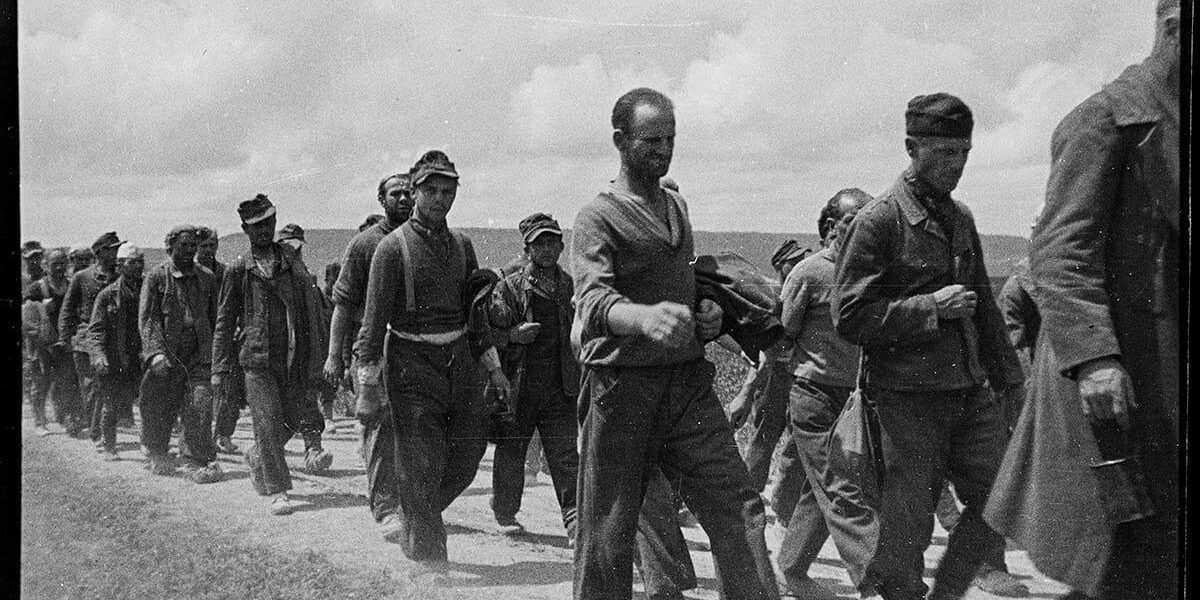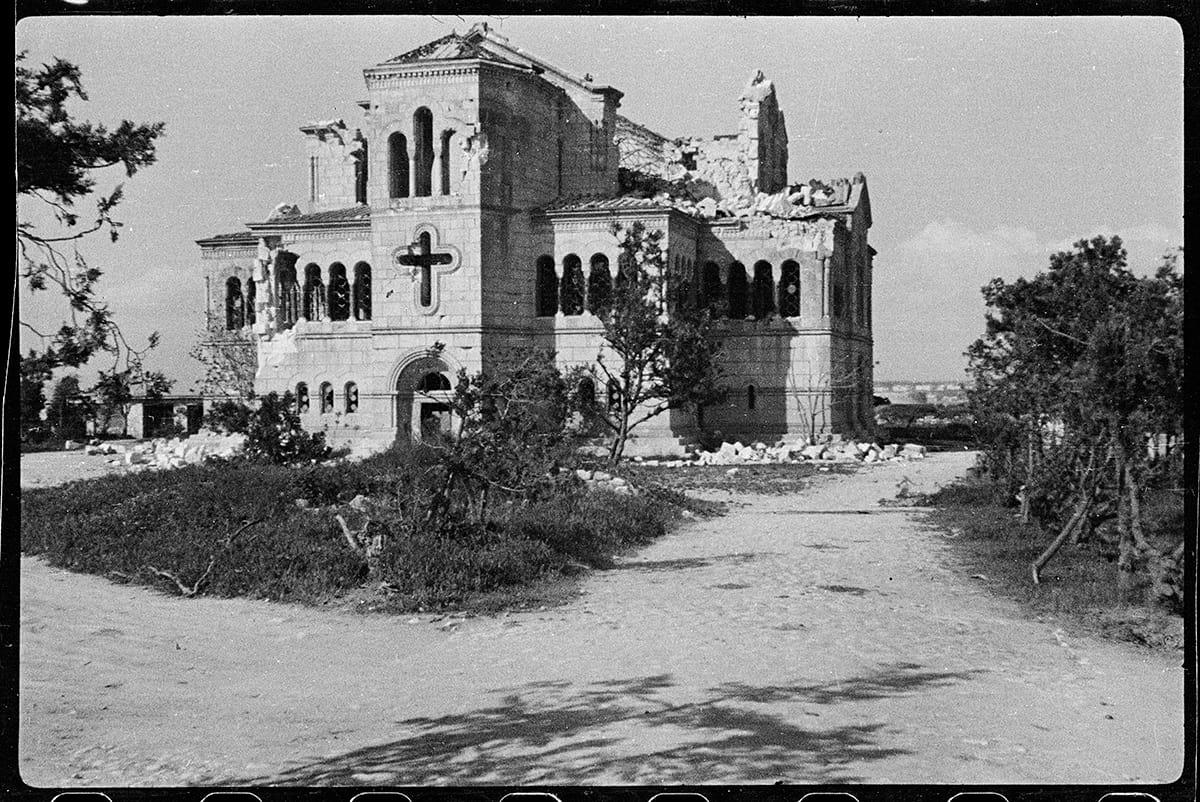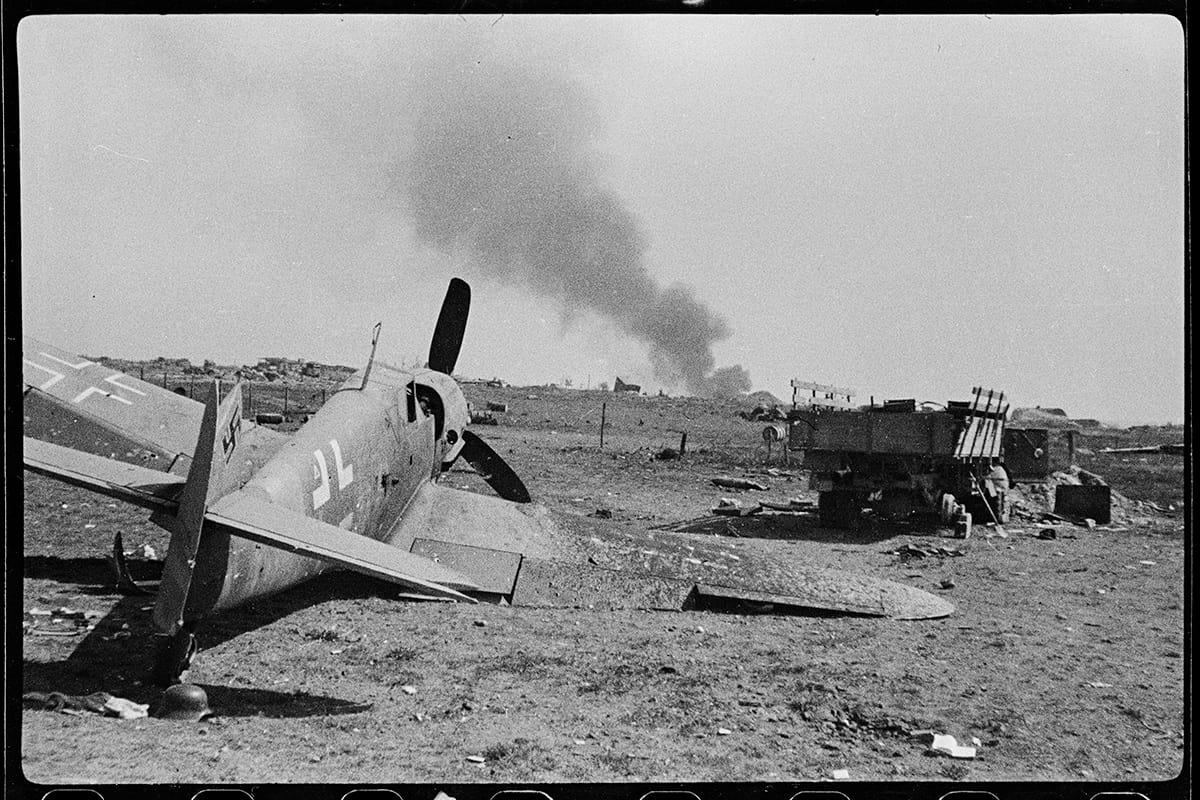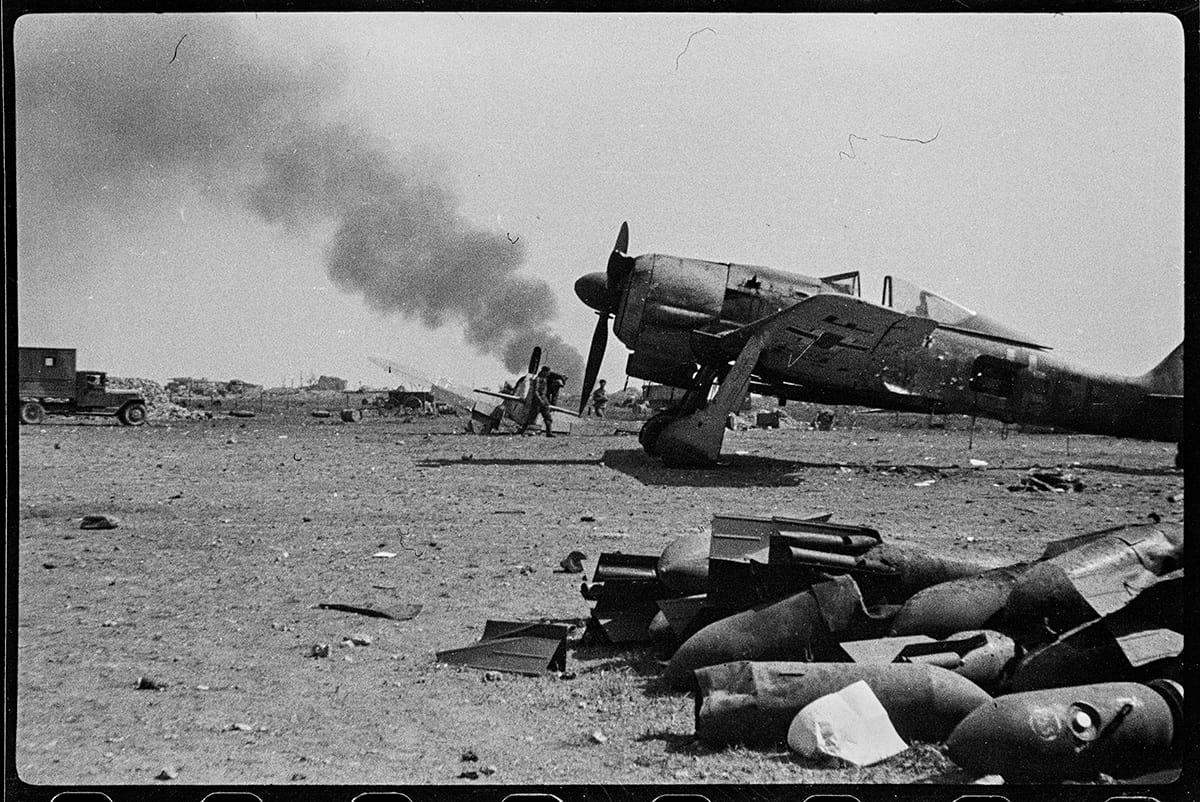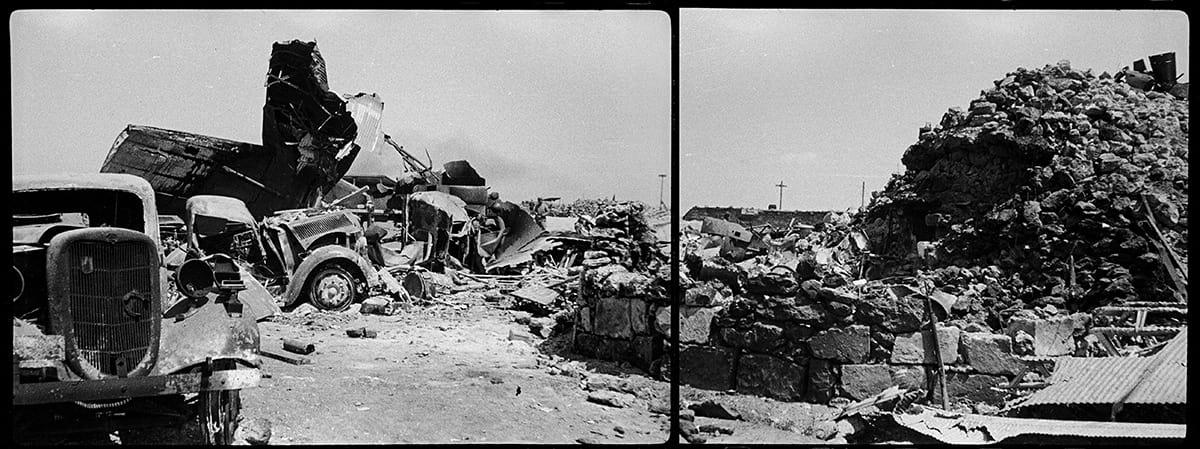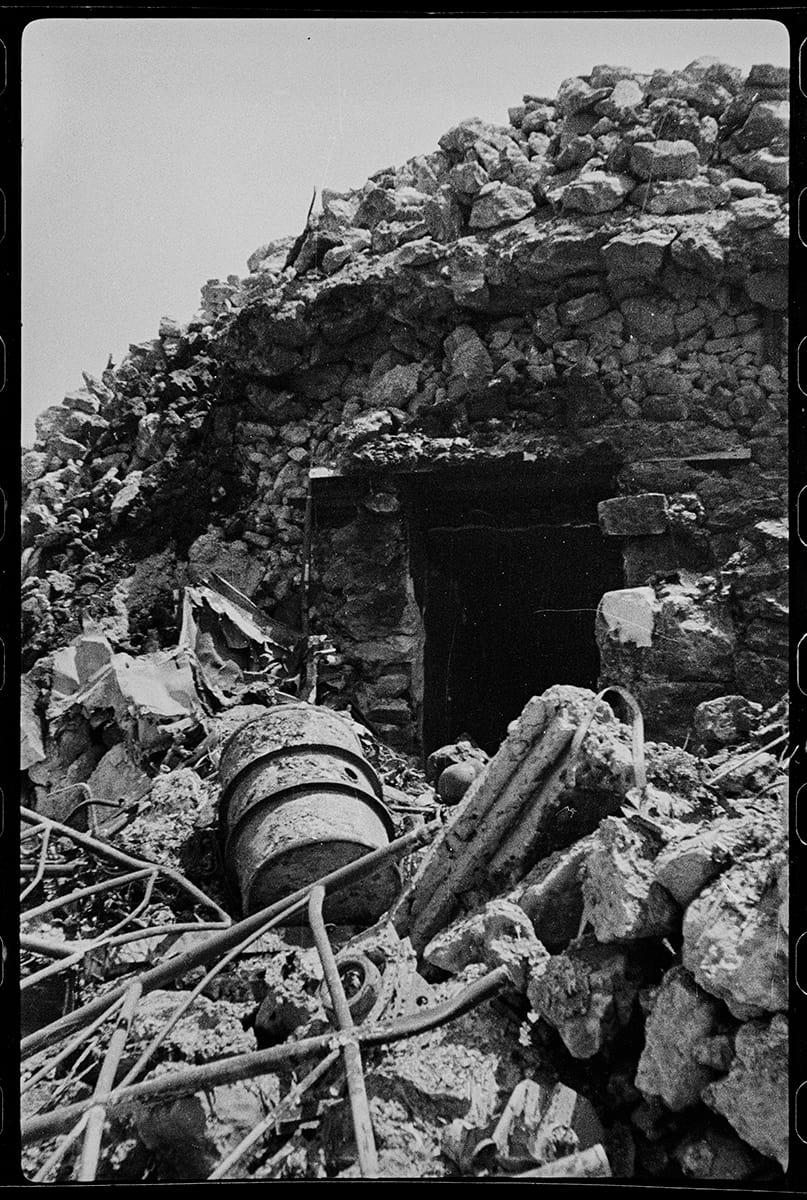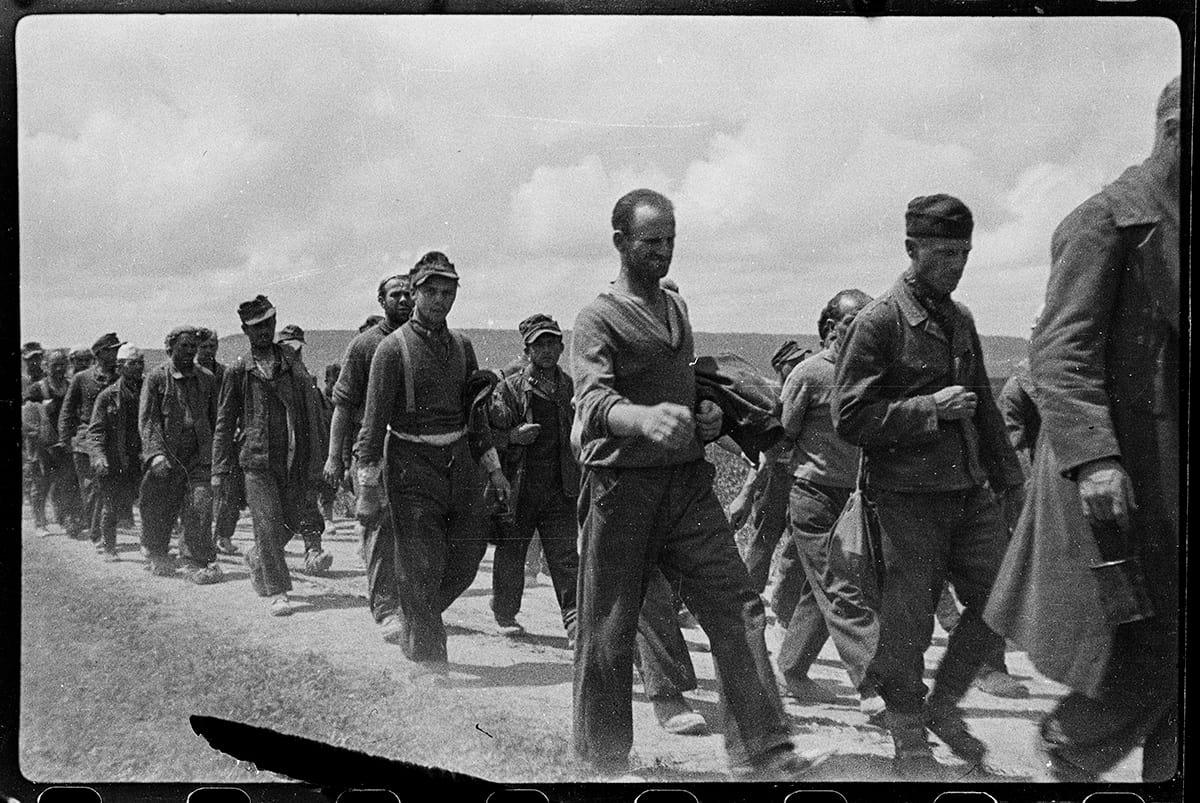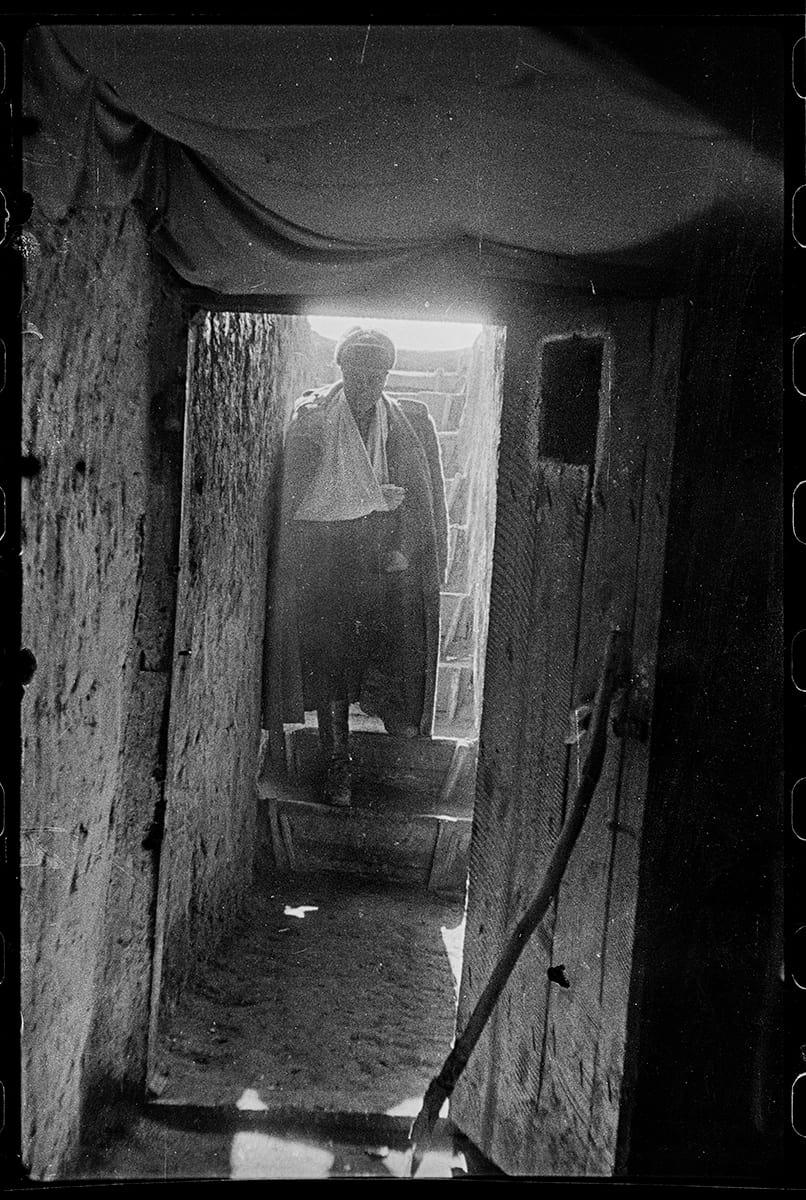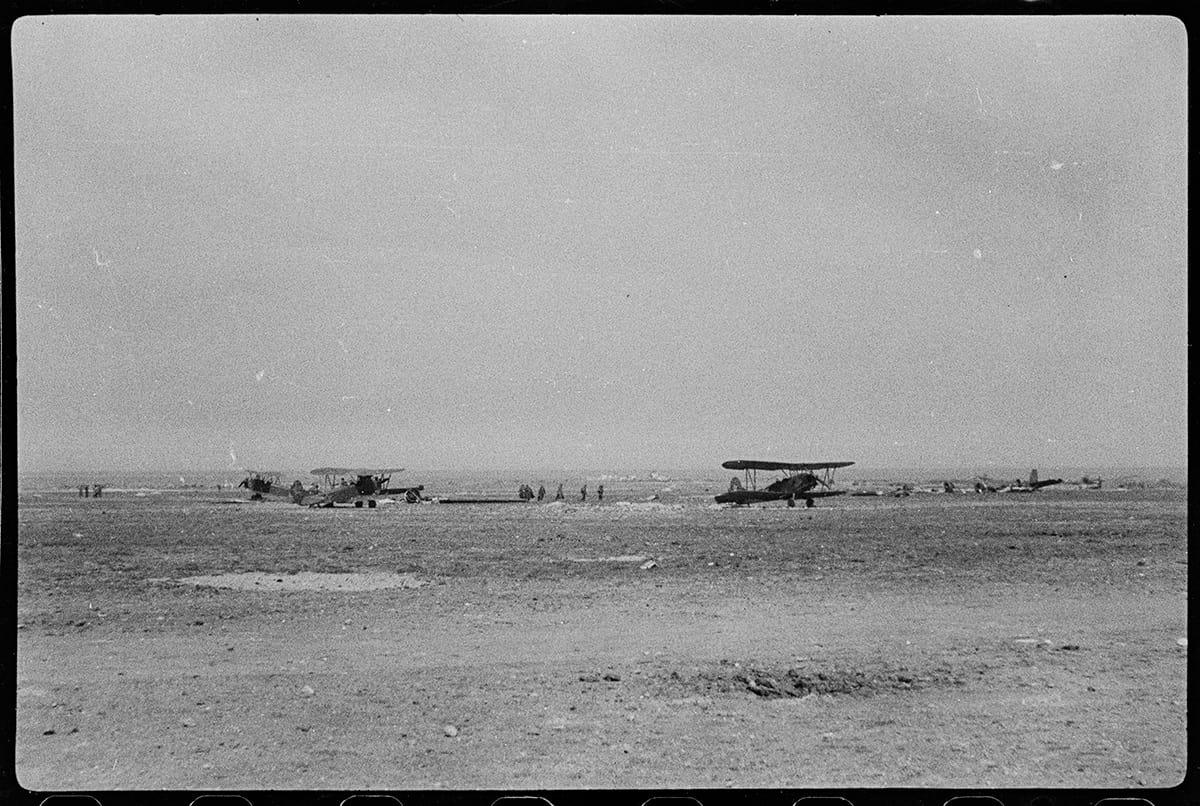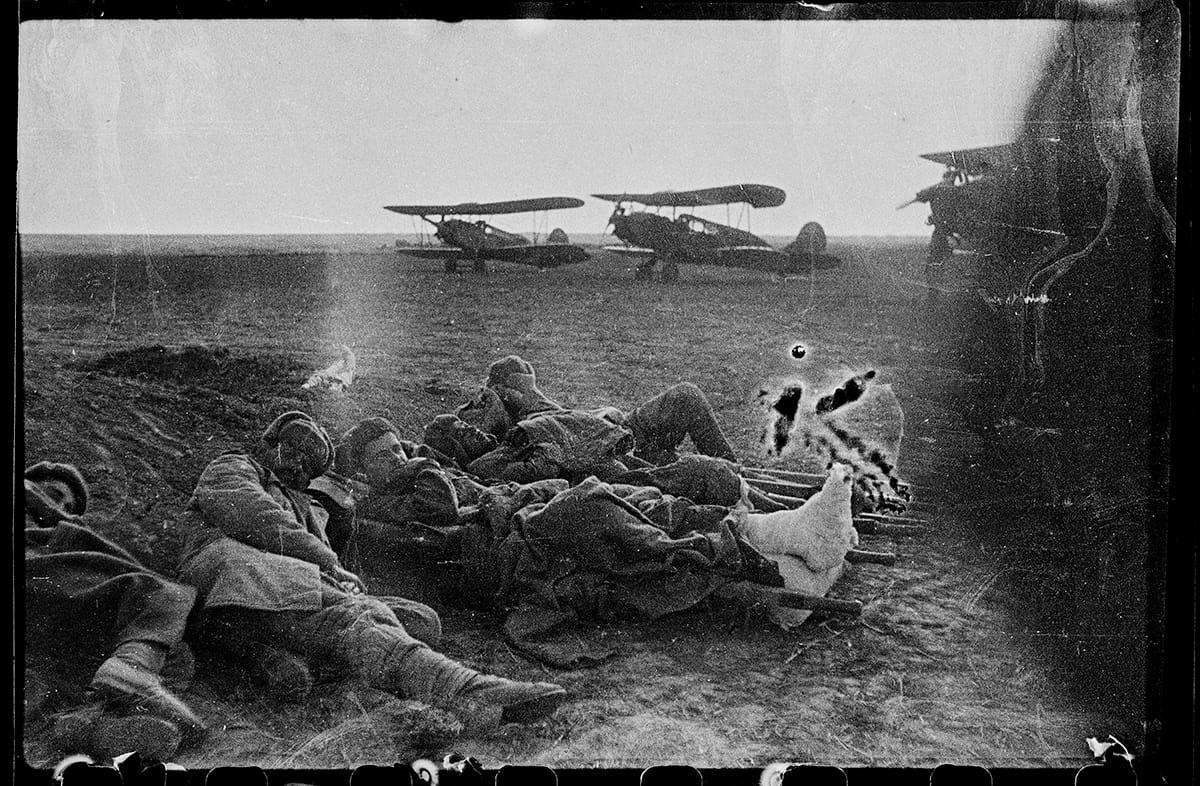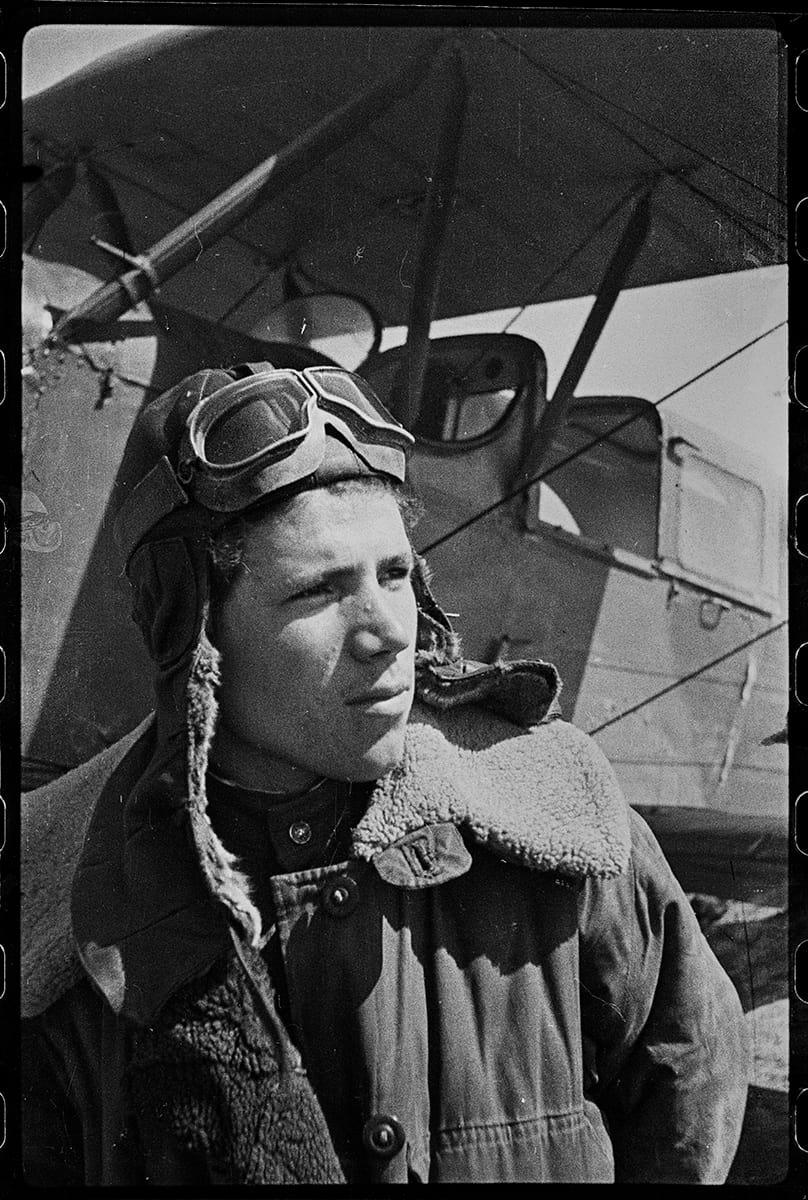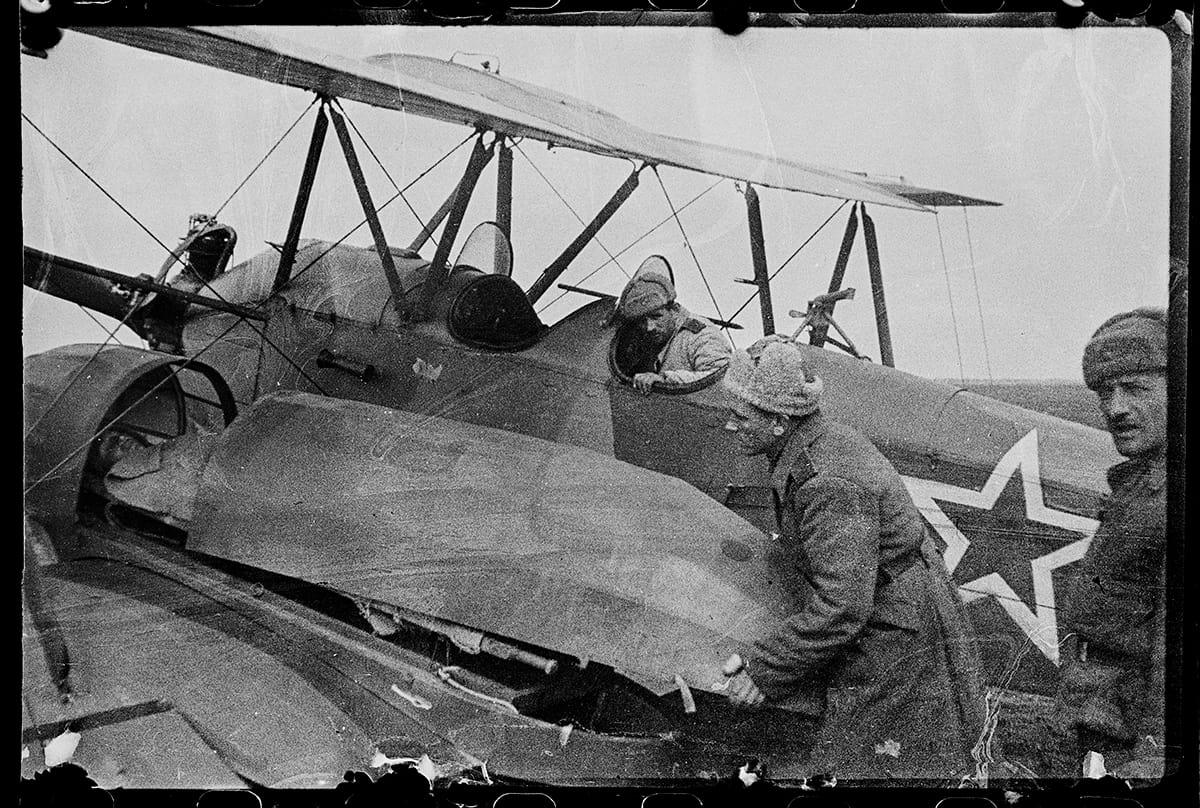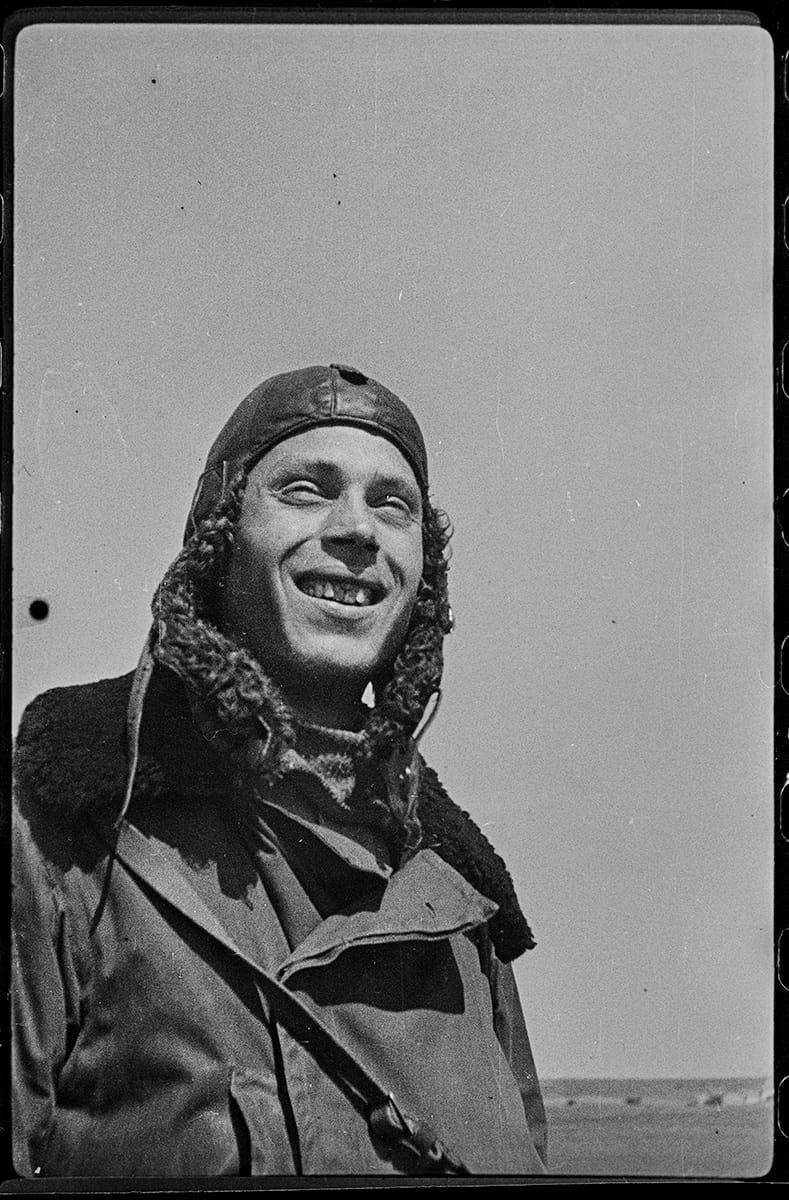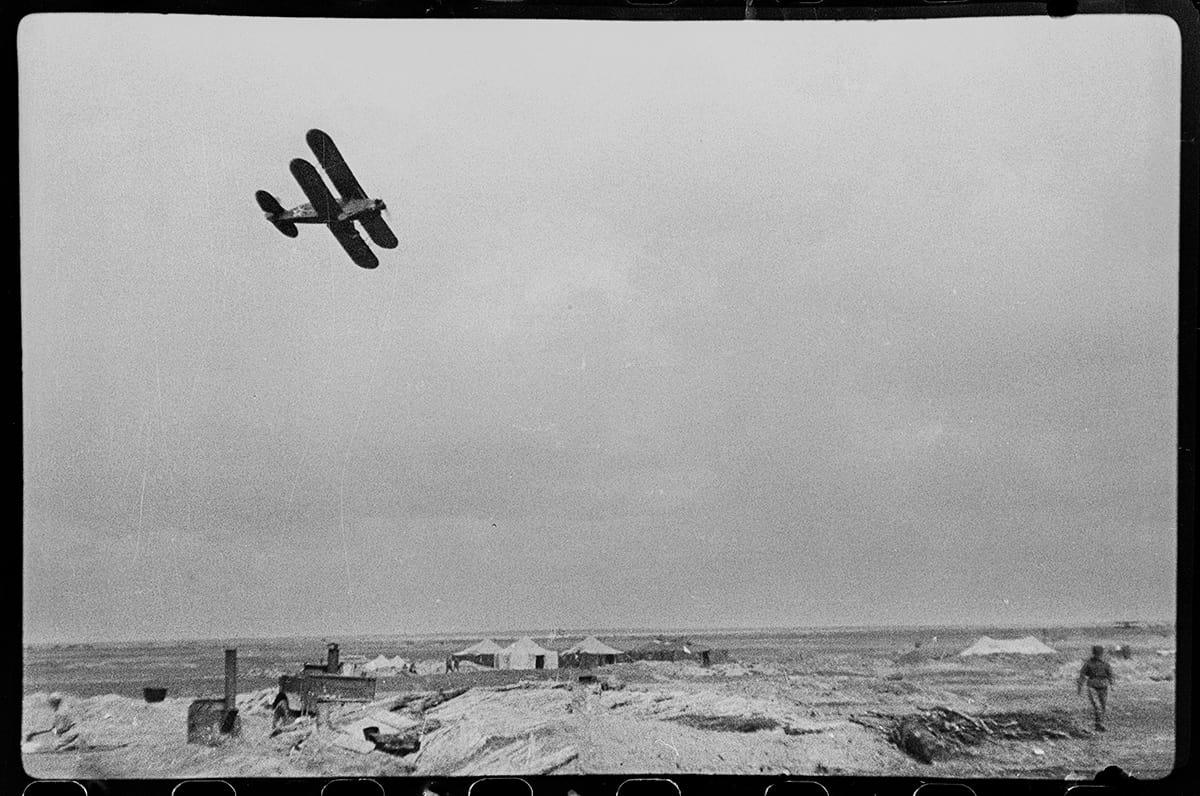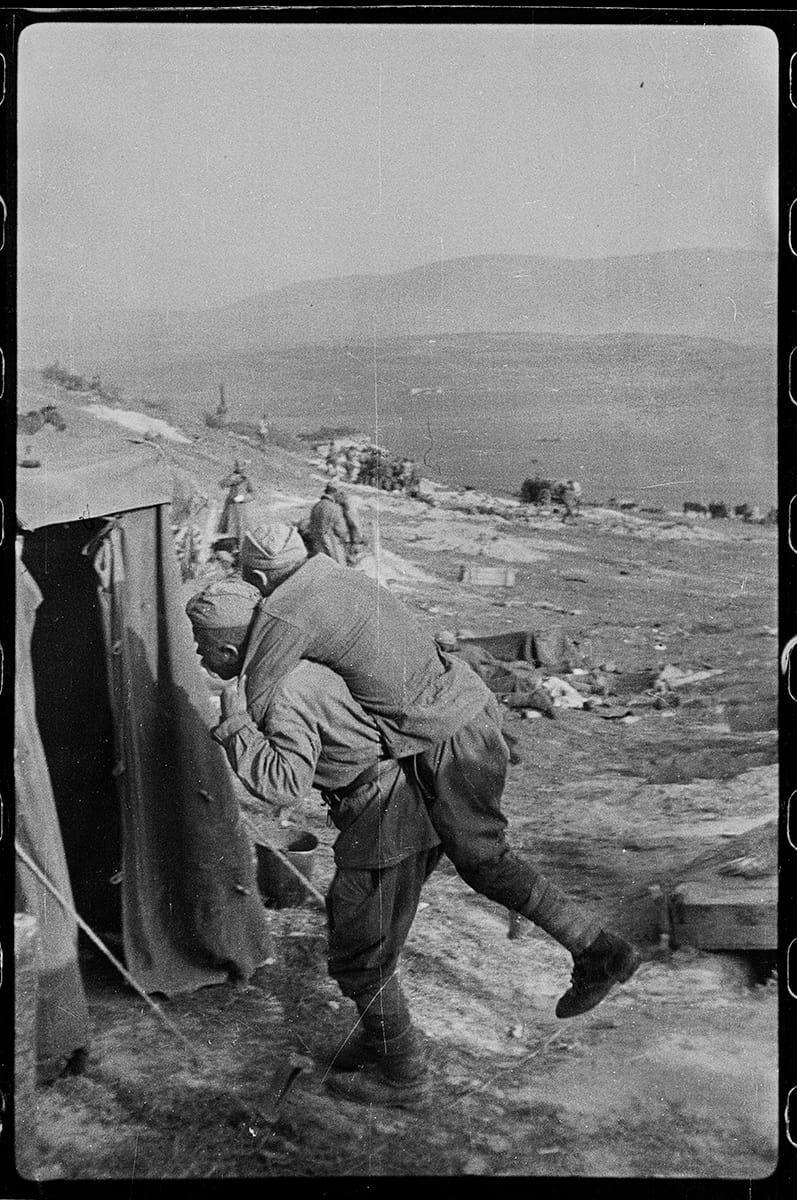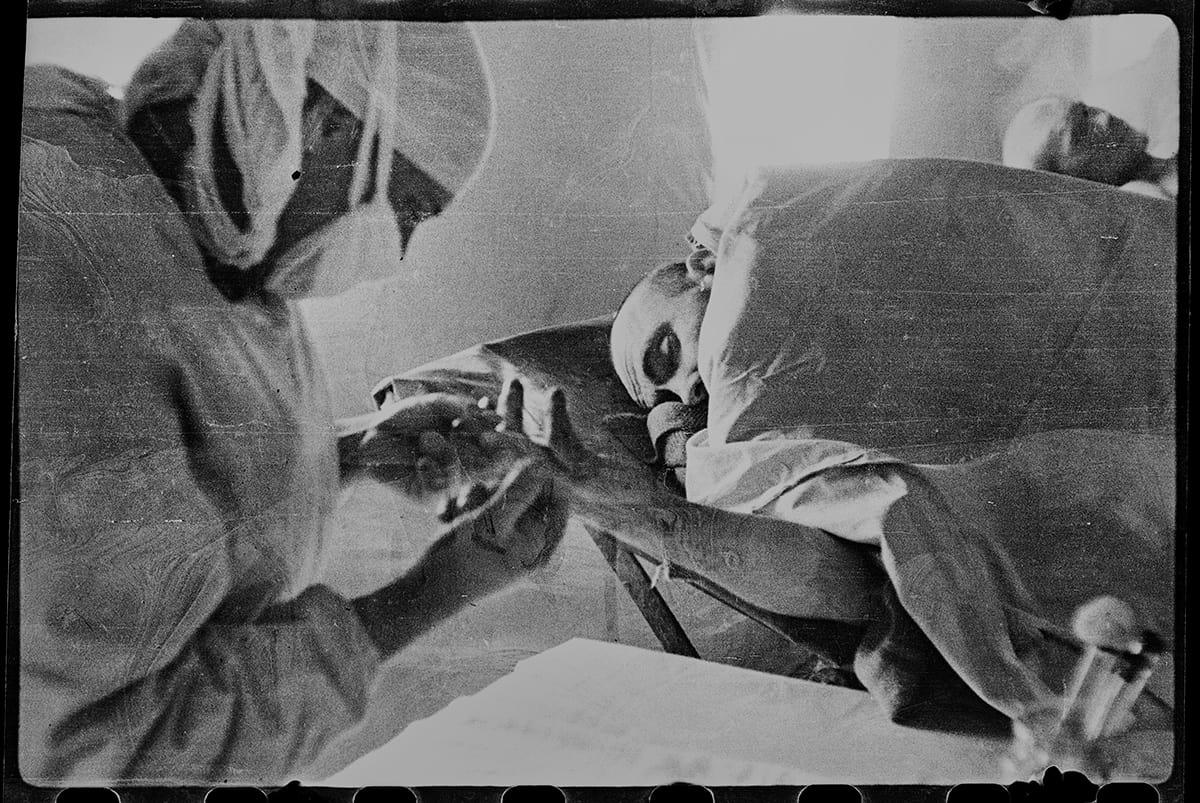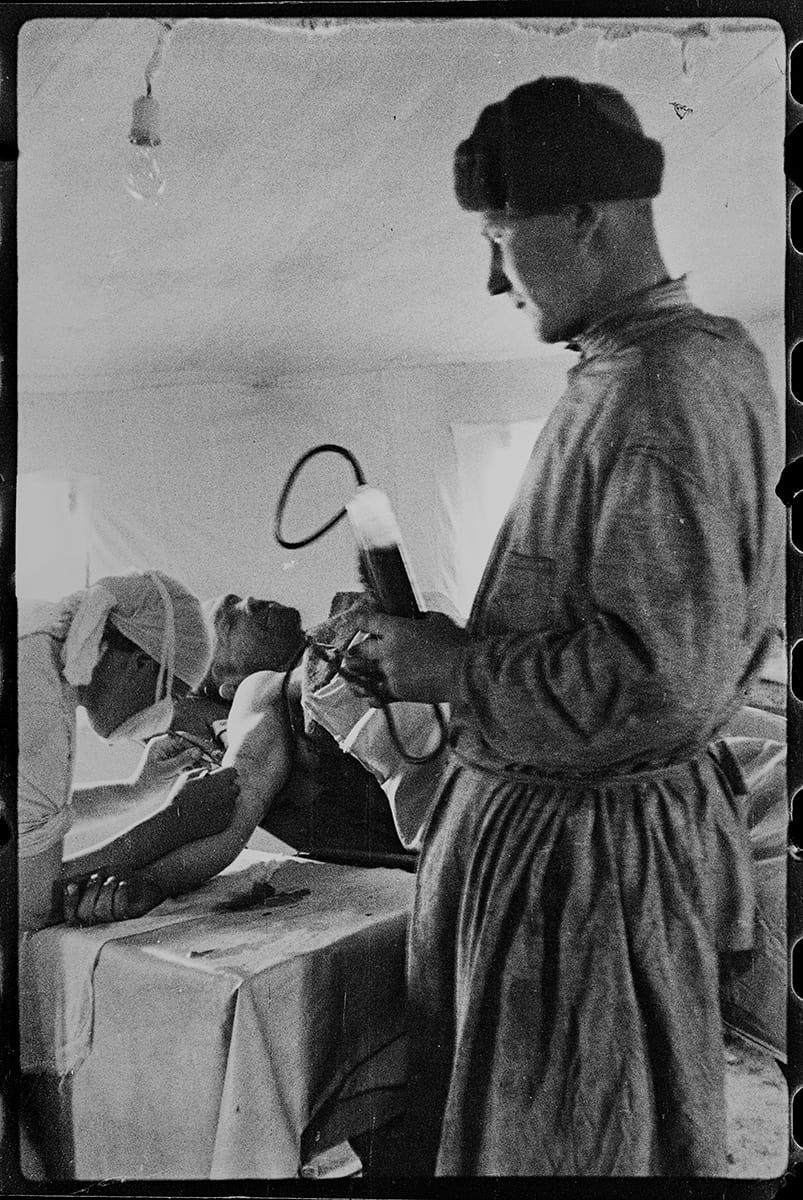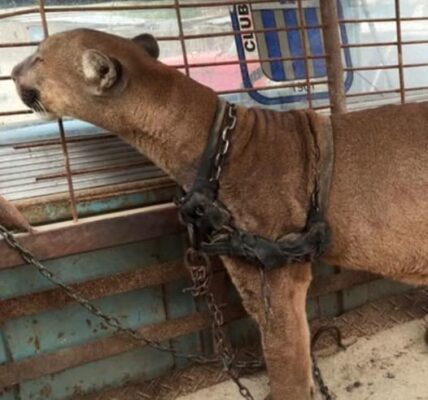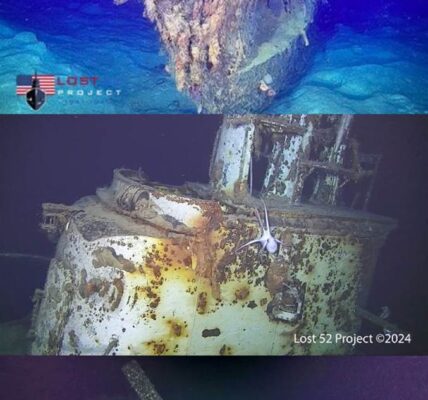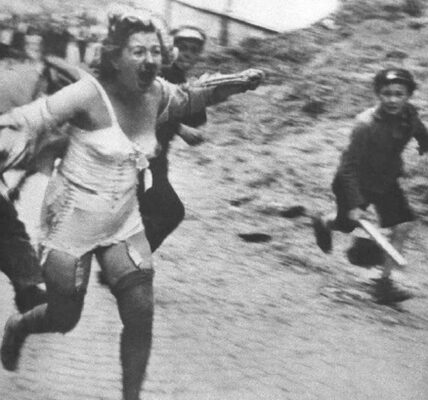Von der Krim bis nach Berlin: Die vergessenen Fotografien Waleri Faminskis aus dem Zweiten Weltkrieg
Im August 2016 stieß ich im Internet auf eine Anzeige: Zum Verkauf standen Negative eines sowjetischen Kriegsfotografen namens Waleri Faminski, der während des Großen Vaterländischen Krieges auf der Krim 1944 und in Deutschland 1945 fotografierte. Der Name war mir vollkommen unbekannt. Neugierig rief ich den Verkäufer an – schon am nächsten Tag saß ich vor dem Archiv und betrachtete die Aufnahmen mit eigenen Augen.
Was mich zuerst beeindruckte, war die Art der Archivierung. Es war eine typische sowjetische Methode: Jedes Negativ einzeln geschnitten, sorgfältig in Papier eingewickelt, versehen mit kurzen, prägnanten Beschriftungen. Zu jedem Bild lag eine kleine Schwarz-Weiß-Kontaktkopie bei. Außerdem befand sich in der Schachtel eine gedruckte Autobiografie von Faminski – persönlich unterzeichnet –, in der er sein Leben skizzierte.
Geboren 1914 in Moskau, arbeitete Faminski vor dem Krieg in einem Fotolabor eines Aviakhim-Werks. Obwohl er wegen Sehschwäche vom Militärdienst befreit war (sogenanntes „Weißes Ticket“), drängte er von Kriegsbeginn an darauf, an die Front zu dürfen. Zunächst wurde ihm dies verwehrt – ein “blinder Fotograf” sei nicht gebraucht. Erst 1943, mit Unterstützung seines Stiefvaters, des Künstlers Kotow, konnte er als Fotoreporter für das Militärmedizinische Museum der Roten Armee eingesetzt werden. Er begleitete Künstler an die Front, um die medizinische Versorgung verletzter Soldaten zu dokumentieren.
Faminski fotografierte an sieben verschiedenen Fronten – darunter auch den Fall Berlins. Für seine Arbeit wurde er mit dem Roten Stern und dem Orden des Vaterländischen Krieges II. Klasse ausgezeichnet. Trotzdem geriet er nach dem Krieg beinahe in Vergessenheit; zu Lebzeiten hatte er nur eine Ausstellung.
Beim Betrachten der Negative wurde mir schnell klar: Diese Bilder hatte ich noch nie zuvor gesehen – nicht in Büchern, nicht in Museen. Faminskis Aufnahmen zeugen von einem tiefen Mitgefühl für das Schicksal der Menschen – auf beiden Seiten der Front.
Nach mehreren Veröffentlichungen des Archivs meldete sich im Januar 2017 überraschend eine Frau bei mir: die Enkelin des Fotografen. Sie wusste nicht einmal, dass das Archiv ihres Großvaters noch existierte. In einem langen Gespräch erzählte sie mir viele persönliche Geschichten über ihren Großvater, dem sie sehr nahestand.
Heute hat Waleri Faminski endlich seinen Platz in der Geschichte der Kriegsfotografie des Zweiten Weltkriegs gefunden. Seine Werke werden nun zusammen mit jenen der bekanntesten Fotografen jener Epoche gezeigt.
